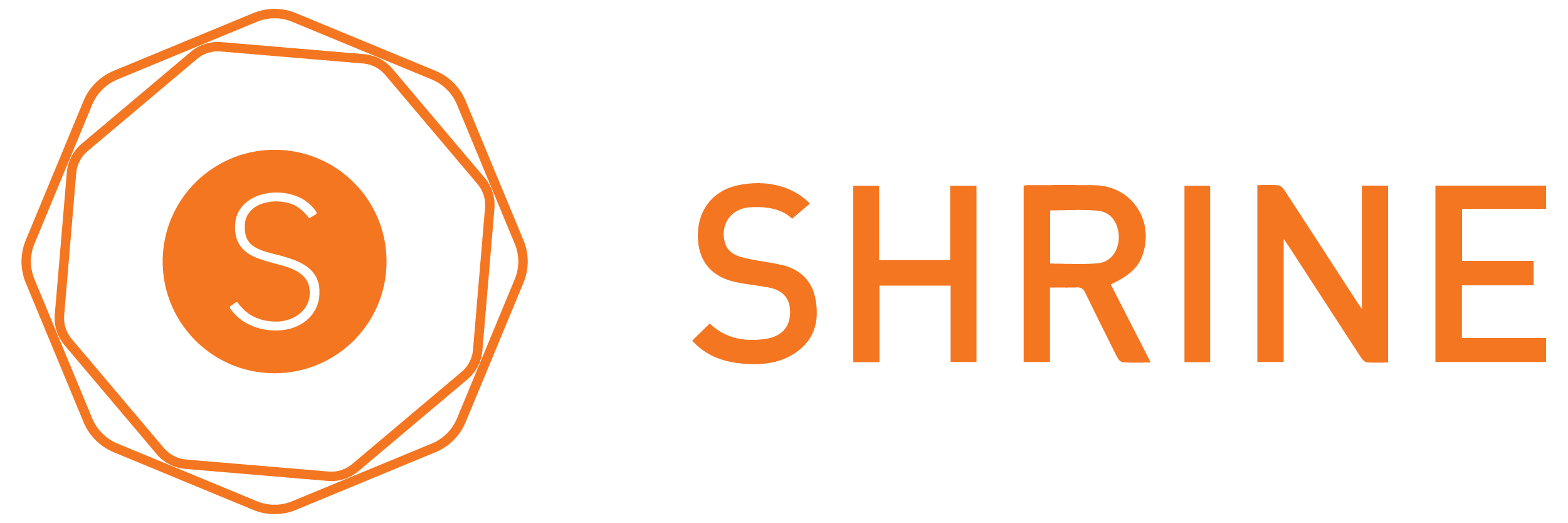As technology continues to rapidly evolve, selecting the right tech stack for your software project is a crucial decision. The tech stack you choose can significantly impact your project’s success, development speed, scalability, and overall user experience.
What is a tech stack?
A tech stack refers to a collection of software tools, programming languages, frameworks, libraries, and infrastructure that are used together to build a software application. It represents the layers of technologies and components that work in harmony to power the development and functioning of an application.A typical tech stack consists of:
- Front-end development: The front-end, or client-side, of an application is what users interact with directly. It involves technologies like HTML, CSS and JavaScript, along with frameworks such as React, Angular or Vue.js. These tools enable developers to create intuitive user interfaces and deliver an engaging user experience.
- Back-end development: The back-end, or server-side, of an application handles data processing, server communication, and business logic. It involves programming languages like Python, Java, Ruby or JavaScript (with Node.js). Frameworks like Django, Ruby on Rails, or Express.js provide a structured approach to building robust server-side applications.
- Define your project requirements. Before diving in, first gain a clear understanding of your project’s goals, requirements and constraints. Ask yourself the following questions:
- What is the purpose of my software project?
- Who are my target users?
- What functionalities and features do I need?
- Are there any performance or scalability requirements?
- Are there any budget or time constraints?
- Research available technologies. Conduct thorough research on the available technologies, frameworks and tools that are suitable for your project. Better yet, consult with an experienced software development team who can debrief you on the latest trends and advancements in the tech industry and make recommendations accordingly.
- Evaluate scalability and performance. Assess whether the tech stack you are considering can handle the anticipated load and growth of your application. Look for technologies that are known for their scalability, performance optimizations and robustness.
- Consider integration and compatibility. Your software project might need to integrate with existing systems, databases or third-party services. Ensure that the tech stack you choose supports seamless integration and compatibility with the required components. Consider factors such as APIs, data formats and protocols when assessing compatibility.
- Assess security and maintenance. Security is a chief concern in software development. Evaluate the security features, vulnerabilities and track record of the technologies you consider. Additionally, think about the long-term maintenance requirements of the tech stack, including community support, updates and bug fixes.
- Prototype and test. Consider having a prototype built or conducting a proof-of-concept using your shortlisted tech stack options. Prototyping can help you evaluate the feasibility and performance of the technologies in a real-world scenario. You can also gather feedback from potential users to gauge their experience and satisfaction.
- Plan for flexibility. Technology evolves rapidly, and project requirements may change over time. Make sure you choose a tech stack that offers flexibility to accommodate future enhancements and changes.




